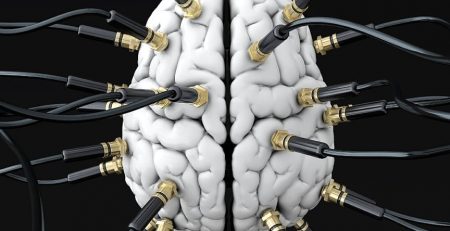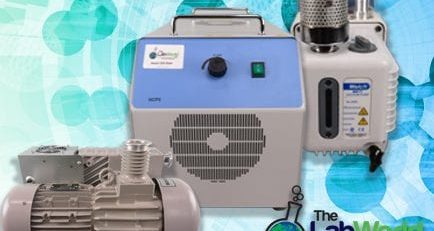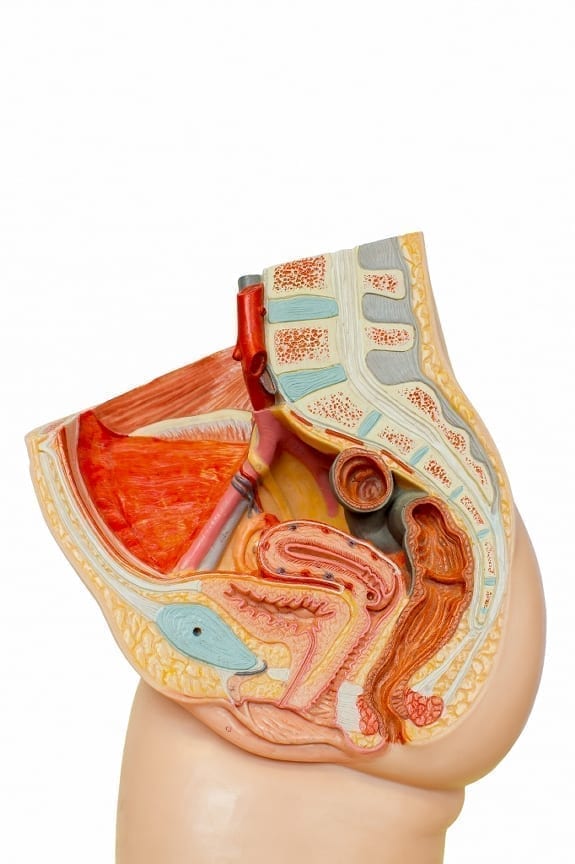A hundred years ago people couldn’t imagine TV, 20 years ago if you asked someone if we could print human organs, 99.9999% (you get the idea) of people would have said no. In a previous blog (Growing Body Parts), we told you about a process where porous materials were being used along with a person’s cells to basically grow organs and body parts. Long story short, you take the special polymer, put it in a bioreactor with some cells, let the cells multiply, attach it to the body to test it out for a while and presto a new body part or organ. I know I made tons of hard and complex work sound simple, but that is the basic idea.
However, what if it was even easier? What if you could take a 3-D bioprinter and create an organ right when it was needed, almost instantly. The types and methods of surgery would radically change and you would basically be doing them with the persons own cells. Organovo, founded by Gabor Forgacs and his team from the University of Missouri, Columbia.
The basic idea is that human cells are taken and shaped into tissue through the bioprinter. The bioprinter uses a liquid filed with human cells. The liquid is stacked into multiple layers which is held together by a special gel. The gel holds the cells together long enough to allow nature to takes its course. At that point the cells begin to form into actual tissue just like when a human is developing. However, the biggest problem is the thickness of the tissue. The natural makeup and idea makes it tough for the bioprinter to continue to work as the thickness of the tissue increases.
The company has received multiple patents and is considered a leader in this field. Many other companies and universities have started to throw resources at this same idea. However, Organovo seems to continue to lead the pack. While I am a little worried about the idea of people being made in a bioprinter the lifesaving prospects of such a tool sound incredible.
Check out Gabor Forgacs presentation at TEDMED
Related Posts

DIY Solar Power, Pros & Cons
According to the Solar Energy Industries Association, the solar energy market in the United States is booming—as of June 2018... read more

New Study Shows What Happens When Music Sends Shivers Down Your Spine
Thibault Chabin and colleagues at Université de Bourgogne Franche-Comté “have now used EEG to link chills to multiple brain regions... read more

Mind Controlled Prosthetics
A double amputee managed to gain full control of two robotic arms with his thoughts. Leslie Baugh had to have... read more

Invisible Ink Could Keep Track of Children’s Immunization Records
A group of Massachusetts Institute of Technology (MIT) researchers have developed an innovative way to keep track of a child’s... read more

Questions to Consider When Buying a Vacuum Pump
Vacuum pumps are used across a variety of industries for a number of purposes, but not all vacuum pumps are... read more

A New Beginning in ALS Therapies
Amyotrophic lateral sclerosis, more commonly known as ALS or Lou Gehrig’s disease, affects the lives of as many as 30,000... read more

Regular Pot use is bad for young brains
Weed is becoming a more common thing in young adults but it may be doing more harm than good. “It needs... read more

Airbus Unveils 3D-Printed Plane
Earlier this month at Berlin's International Aerospace Exhibition and Air Show aerospace manufacturer Airbus unveiled the first ever fully 3D-Printed airplane. While... read more

Oldest Known Human Cancer Found
Previously the oldest reported form of cancer was 120,000 years old. In a new paper published in the South African... read more

Flexible Computer Chip Developed As A Contact Lens
Switzerland researchers announced on Tuesday that they have developed an electronic chip so flexible it can wrap around a human... read more




